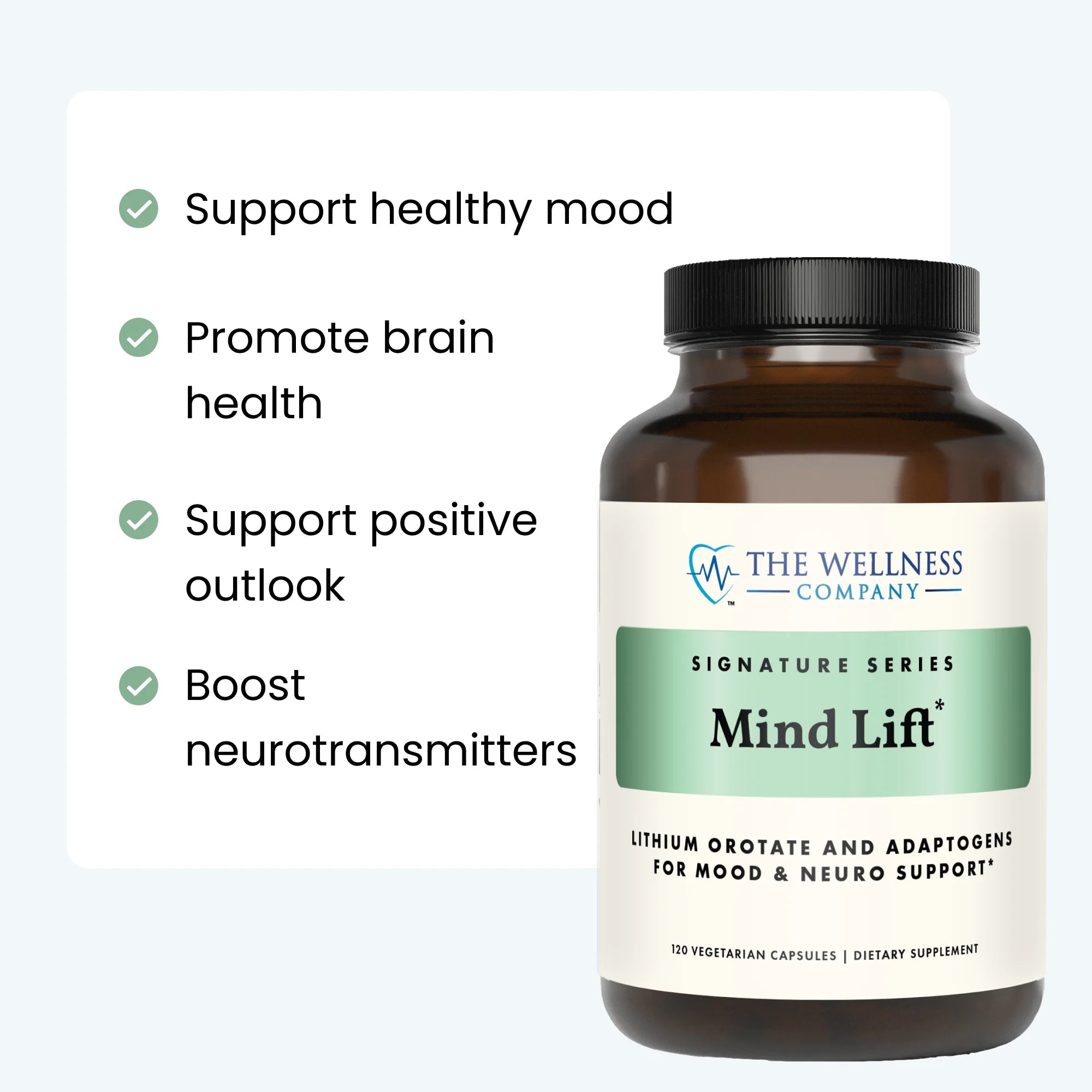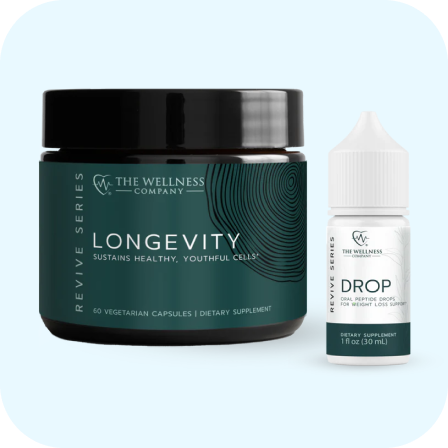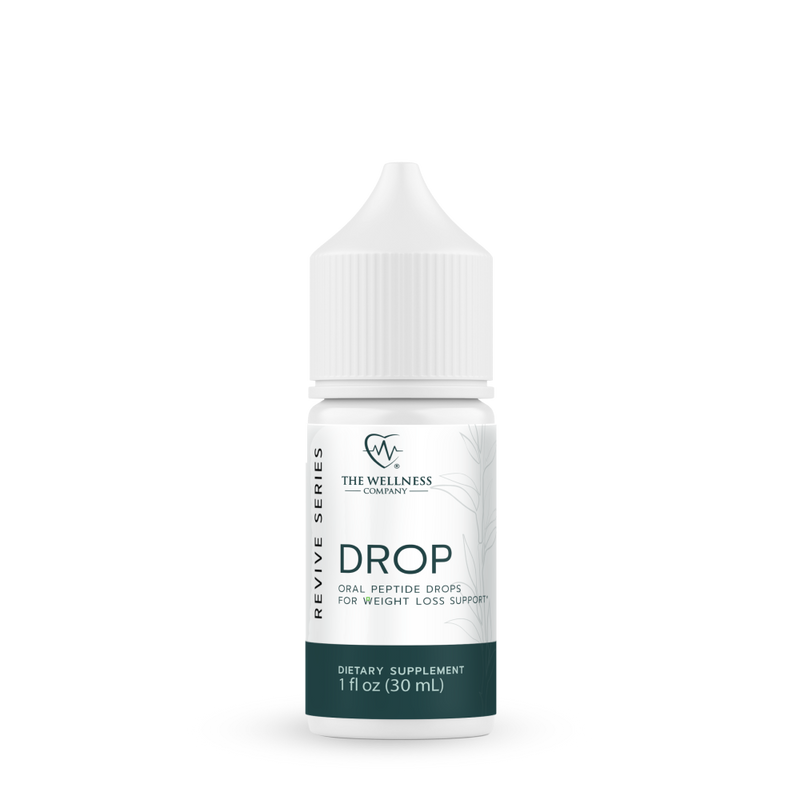Elevate Your Mood with The Lightest Metal on Earth

The fascinating history of lithium
For centuries, lithium hot springs were thought to have medicinal qualities. It wasn’t until 1948 when Australian psychiatrist John Cade proved these claims to be true. While experimenting with lithium on guinea pigs, Cade noticed the animals became unusually calm. In 1949 he published his results after testing lithium carbonate on humans in The Medical Journal of Australia.
Added to water, pulled from the market
In 1929, about 2 decades before Cade had made his discovery, 7 Up was introduced to the market. Initially named Bib-Label Lithiated Lemon-Lime Soda-. The ‘lithiated’ in the name came from the soda’s ingredient lithium citrate, a mood enhancer. Back then, water containing lithium citrate was added to soft drinks, beer, and other beverages. The FDA pulled lithium-containing beverages off the market in 1949 when it was discovered that bottlers were adding lithium to their products, raising concerns about toxic overdoses.
1970-prescription lithium carbonate gains approval as a mood stabilizer
There are many forms of lithium- from carbonate, bicarbonate, citrate, and orotate, and all have mood lifting properties. What separates them is their availability, amount needed to achieve therapeutic levels and toxicity profiles. Lithium is naturally available to some extent in sardines, tomatoes, egg yolks, pistachios and mushrooms. Typical dietary intake of lithium can range from 0.5-3mg/day.
Lithium carbonate compared to lithium orotate
While lithium carbonate remains the FDA-approved standard for bipolar disorder treatment, lithium orotate exists as a dietary supplement.
The average dose of lithium carbonate can range from 900-1800 mg/day in divided doses
Lithium carbonate's higher dosage requirements lead to toxic side effects, including:
Mild to moderate toxicity:
- diarrhea
- vomiting
- fatigue
- tremors
- drowsiness
- weakness
Severe toxicity:
- heightened reflexes
- seizures
- agitation
- slurred speech
- kidney failure
- rapid heartbeat
- hyperthermia
- uncontrollable eye movements
- low blood pressure
- coma
- death
Lower effective dose, less toxic side effects
Guidelines for lithium orotate doses start at 5 mg/day graduating up to 20 mg/day as needed
Recent studies have sparked renewed interest in lithium orotate, particularly due to its potentially superior pharmacokinetics and lower toxicity profile.
A 2023 study demonstrated that lithium orotate balanced and elevated mood at just 1.5mg/kg, compared to 15-20mg/kg needed for lithium carbonate.
Low Dose Effects (5-20mg)
Few to no reported adverse effects at low doses (5-20 mg)
Mild symptoms above 20 mg:
- Muscle weakness
- Loss of appetite
- Listlessness
Other benefits of lithium include:
- Neuroprotective- protects your brain In one study comparing lithium to non-lithium-treated patients, non-lithium-treated patients had an incidence of dementia that was six times greater than lithium-treated patients.
- Boost cognition by reducing inflammation
- In low doses, lithium acts as a nutrient required for B12 and folate uptake
- Increases length of slow wave sleep- which in turn improves release of growth hormone, aiding in muscle repair, improves cognitive function and improves immune system.
Supplemental lithium orotate is the clear winner with its superior safety profile, lower dosing requirements, and no prescription needed compared to lithium carbonate.
DISCLAIMER- If you are on prescription lithium, consult your primary care provider and never stop, change dose or type of lithium without professional guidance.
Check out our powerful formula!
Written By Brooke Lounsbury






















